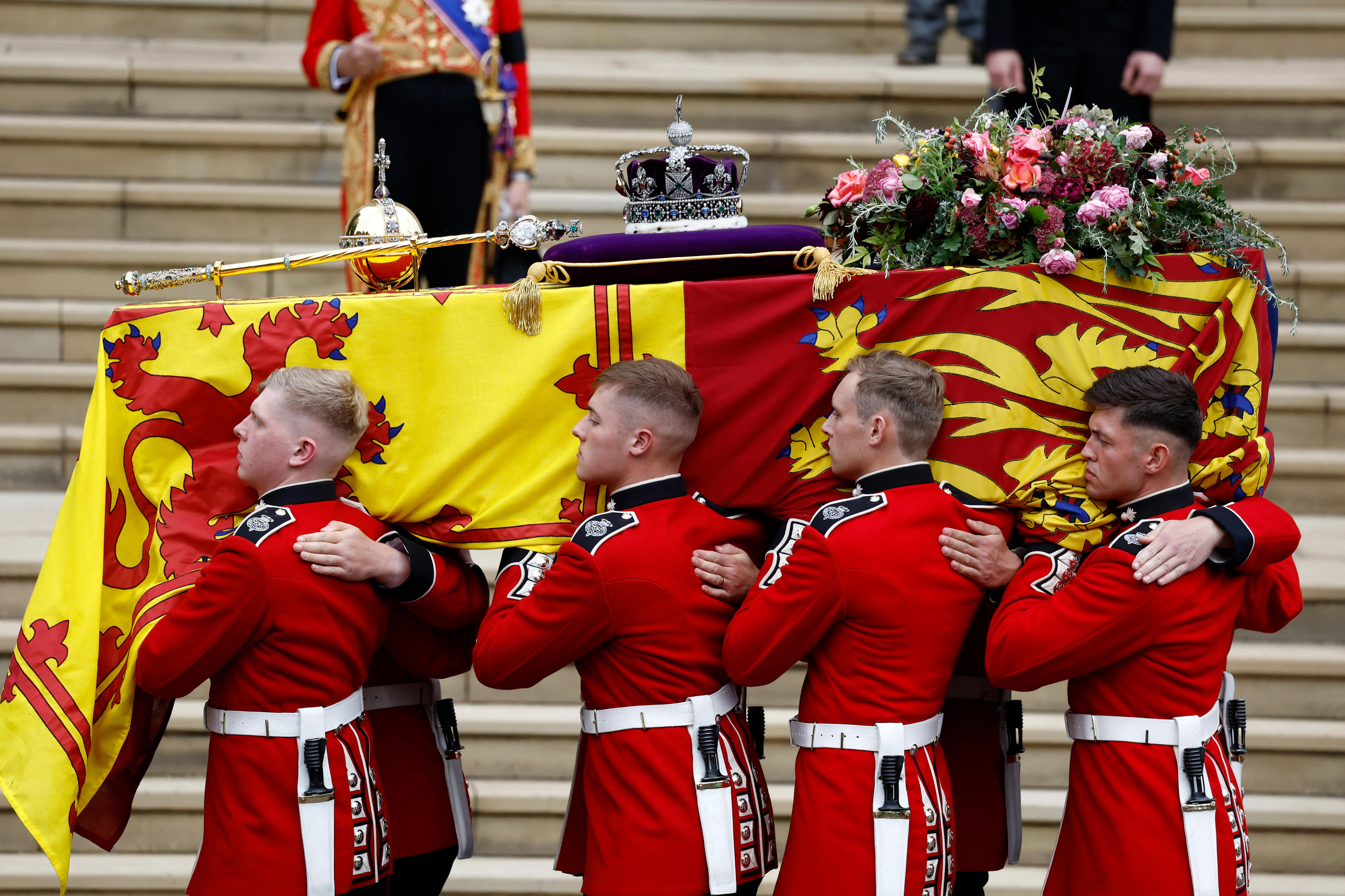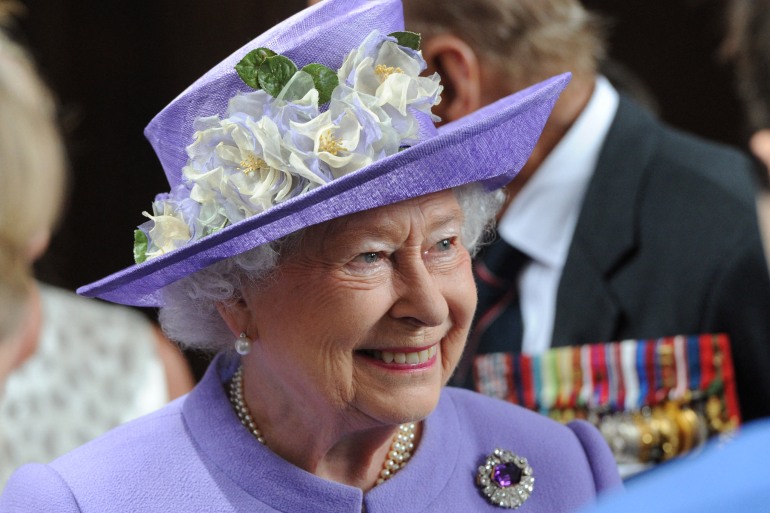Prime
The British are not our enemies

Author: Muniini K Mulera. PHOTO/FILE
What you need to know:
So, while one understands the wrathful condemnation of British imperialism and colonialism, we should seek a balanced and evidence-based analysis
Dear Tingasiga:
A photograph is a wonderful thing. It tells a story better than the finest wordsmith. It emits emotions that the pen can hardly bring to life. It forces the truth on those who flourish on emotion and supposition.
There is a beautiful black and white photograph, captured at State House, Accra, Ghana on November 20, 1961, that shows Queen Elizabeth II dancing to a “high life” tune called “Welcome Your Majesty.” Her partner is Kwame Nkrumah, the president of Ghana. The smiling 35-year-old queen is in the embrace of the 52-year-old Ghanaian leader. His beaming face reveals a joyful moment for the Osagyefo, his nickname that means “the Redeemer.” Her Majesty’s royal left hand rests on the Ghanaian’s right upper arm, as it should be when equals dance. Her right hand rests in his left, completing a “closed hold” dance position that, one suspects, Her Majesty has not allowed without careful consideration.
Next to the president and the Queen is a smiling Prince Phillip of Edinburgh, the Queen’s consort, dancing with a lady whose half-hidden face is almost certainly that of Fathia Nkrumah, the Egyptian wife of the Ghanaian leader. Philip has Fathia in an embrace, her left hand resting on the prince’s right shoulder, a parallel dancing partnership to that of their spouses. That dance is a powerful statement that Nkrumah’s brilliant pen and powerful oratory cannot adequately express.
This is an image of a new and confident Ghana, less than five years since independence. The leaders of the former Gold Coast are not hostage to their colonial experience. Nkrumah, whose journey to the presidency has included detours through colonial prisons in 1948 and 1950, treats his guests as equals, with a shared history, albeit on opposite sides of the play. There is no evident bitterness.
Another photograph, this one in colour, taken in Cape Town, South Africa on March 21, 1995, shows Queen Elizabeth II in conversation with Archbishop Desmond Tutu of Cape Town. President Nelson Mandela, standing next to the Queen, is speaking with very young choirboys of European heritage. A European man is video recording the event. A few years earlier, this would have been an inconceivable scene. A mixture of pride, greed, and ignorance had given fuel to Apartheid and had kept Mandela a political prisoner for 27 years.
Now Mandela is president, and the Queen becomes his friend. She calls him Nelson. He calls her Elizabeth. Theirs is a genuine friendship between two people who understand the history of their two countries. The queen reciprocates Mandela’s hospitality several times, including a state visit to London on July 9, 1996, captured in a photograph of the two riding in a carriage along the Mall to Buckingham Palace.
These images of the founding presidents of Ghana and South Africa, respectively, two men who personally led the struggle against colonialism and European oppression, are in stark contrast to the emotions expressed by a significant number of Africans following the death of Queen Elizabeth. Many have declared their refusal to mourn her. This is their right, of course. Better to be honest about one’s feelings than to pretend to smile while seething inside. However, some have taken it a step further and condemned Africans who have mourned the death of the Queen. Their feelings are the only legitimate ones, they seem to believe. “Thou shalt hate whom I hate,” they dictate without words.
If there were people with a legitimate right to hold grudges against Britain, they would have been folks like Nkrumah, Mandela, Tutu, Kenneth Kaunda of Zambia, Julius Kambarage Nyerere of Tanzania, Jomo Kenyatta of Kenya, and Sir Seretse Khama of Botswana. Kaunda and Kenyatta had been imprisoned by British colonial rulers.
Nyerere had narrowly escaped imprisonment and had endured harassment by the British rulers. Khama had been forced to abdicate his throne as paramount chief of the Bamangwato of Botswana because he had married Ruth Williams, an English woman whom he had met during his university studies in London.
These leaders neither distanced themselves from Elizabeth II nor treated the British as enemies. They understood the nature of politics and took a high road that enabled them to engage with London from a point of strength.
Had they been alive, these men would have mourned the Queen. They knew her better than most of those in a vengeful mood today. For example, they knew that Queen Elizabeth was a strong supporter of sanctions against Apartheid South Africa during the 1980s, a remarkable stand by a constitutional monarch whose position demanded neutrality.
Margaret Thatcher, her prime minister, opposed sanctions. Queen Elizabeth II should be celebrated, not vilified by South Africans.
So, while one understands the wrathful condemnation of British imperialism and colonialism, we should seek a balanced and evidence-based analysis. Like Nkrumah, Mandela, and Tutu, we should approach this with the confidence of people endowed with intellectual abilities at par with those of the British. We should not play victim but seek justice for Africa, especially in our demand for repatriation of our artefacts. One hopes that a quiet word from King Charles III might persuade the British Prime Minister to put that conversation on the agenda for the next Commonwealth Heads of Government Meeting.
Meanwhile, wise is one who seeks factual evidence before demanding the return of a specific item that was taken out of Africa. For example, the Cullinan diamond, which was discovered in 1905 in the Premier Diamond Mine at Cullinan, just east of Pretoria, has become the centrepiece “evidence” of how the British Crown robbed Africa.
The truth seems to be different. According to the website of the Cape Town Diamond Museum, the diamond “was purchased by the Transvaal government as a gift for King Edward VII. Elaborate plans were made to have the precious diamond shipped to England on a boat, protected at all times by top security. However, it was later revealed to be an elaborate ruse created to fool any hopeful thieves – the Cullinan was in fact sent to England in the mail, with no security whatsoever.”
The Transvaal government was the legitimate authority in the land and, like many colonial and post-colonial governments, its gift to Edward VII was a legal act. To accuse the British monarch of impropriety in this matter is to be disingenuous to the extreme. Should the descendants of my great grandfather demand repossession of land that he gifted his friend, the medicine man who helped him produce an heir at an advanced age?
Mulera is a medical doctor.




